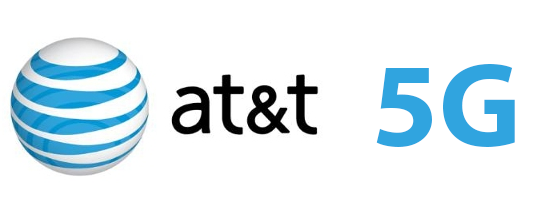Industry Insights
The 2G Sunset and What it Means for IoT
AT&T officially discontinued its service on 2G wireless networks in 2017.
AT&T officially discontinued its service on 2G wireless networks in 2017.
AT&T officially discontinued its service on 2G wireless networks in 2017. For the 99% of Americans on 3G and 4G LTE networks, this 2G sunset probably flew under the radar. In the age of Instagram and Snapchat, most of us assumed that 2G was already repurposed to meet our data usage needs.

For the past four years, AT&T — along with Verizon and T-Mobile — have made public their intent to shut down the 2G networks. On the consumer side of things, this plan makes sense as we inch closer to 5G networks that could boast speeds 40 times faster than 4G LTE. But what does this mean for IoT customers who use 2G to send small data packets for cheap?
IoT devices have different requirements than smart phones. Instead of speed and bandwidth, the primary focus is cost and battery life. For many IoT applications, including smart cities, remote monitoring, and asset tracking, embedded sensors must last multiple years on battery life and be cheap to support a huge number of them. For a long time, the LTE networks of mobile network operators simply didn’t fit the requirements of IoT applications. 2G networks supported these devices, but they were by no means perfect.
This need for a better-suited communications network prompted the rise of SigFox and LoRa/LoRaWAN (see a Primer for LoRa/LoRaWAN for more details). These public networks significantly reduced the data rate and gutted out power-hungry features, such as message acknowledgments, to address IoT applications. For a while, these networks operating in unlicensed bands seem to be overtaking the IoT market.
Then last year, 3GPP, a consortium of telecommunications standard body, finalized new cellular categories to support IoT applications. One new category called LTE-M or Cat-M1 leveraged LTE infrastructure, but also implemented power-saving methods to rival SigFox and LoRa/LoRaWAN (see Cellular IoT, Explained for more details).
AT&T launched its first LTE-M enabled commercial site last October and aims to deploy more in the first half of 2017. This is why AT&T was finally able to shut down its 2G network, in anticipation for LTE-M networks. 2G networks will be repurposed to support newer and better LTE-M networks more suited to fill the needs of IoT applications.
For our daily smartphone user, the sunsetting of 2G networks has no direct implications. Indirectly, it may affect the price of cellular services as these operators make the switch.
As for IoT customers, those affected by AT&T’s decision may still find 2G service through T-Mobile and Verizon until they follow suit by the end of 2019. Ultimately, a switch over to LTE-M networks or even to NB-IoT or to EC-GSM (proposed by 3GPP) is in order.
The most interesting question for all of us is how cellular IoT will shape the future of IoT. Will SigFox and LoRa/LoRaWAN be able to capture more of the IoT market before the cellular giants jump in? Or will AT&T, Verizon, and T-Mobile strongly leverage their infrastructure advantages to drive them out of business? Perhaps they can coexist by supporting distinct and separate use cases as the IoT ecosystem continues to mature.
We are en route to a faster 5G world of the future. It remains unclear if AT&T’s bold move to shutter its 2G network today before its competitors will pay off. For the IoT industry as a whole, if cellular IoT does drive unlicensed LPWAN players out of business, we may see less fragmentation and signs of standardization. That may have huge implications in the rate of growth in IoT services in the future. But for now, can and will LTE-M deliver on its promises this year?